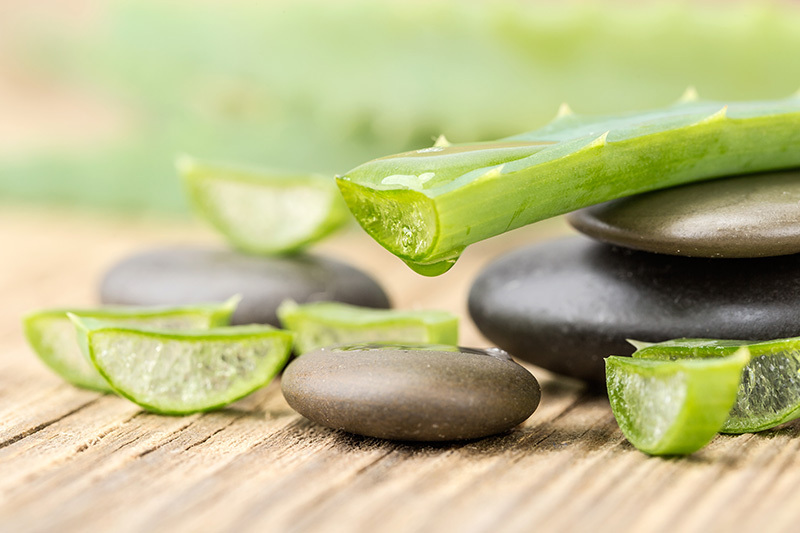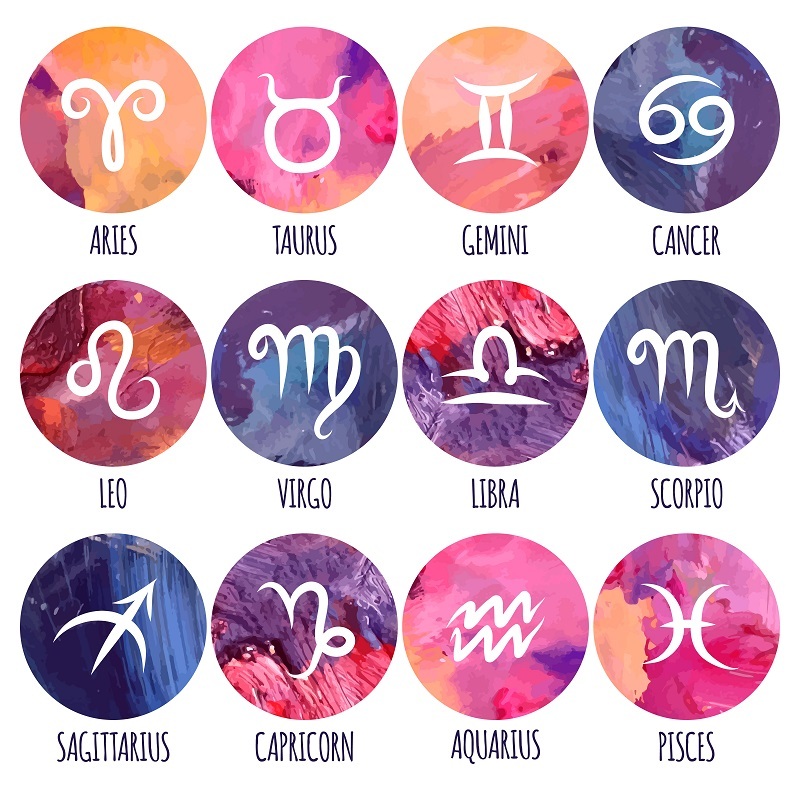Peony Flowers: A Deep Dive into Their Symbolism and Colorful Meanings
Posted on 17/08/2025
Peony Flowers: A Deep Dive into Their Symbolism and Colorful Meanings
Peony flowers have captivated the hearts and imaginations of people worldwide for centuries. Famed for their lush, voluminous blooms, captivating fragrance, and vibrant hues, peonies are more than just a stunning garden favorite. They carry stories of love, honor, romance, and prosperity embedded in their many layers of petals. In this comprehensive guide, we take a deep dive into the symbolic meanings of peony flowers, exploring their cultural legacy, spiritual significance, and the unique message behind each shade. Whether you're an avid gardener, a lover of floral design, or seeking the perfect meaningful bouquet, join us on this journey through the enchanting world of peony symbolism.
What Makes Peony Flowers So Special?
Peonies aren't just admired for their unmatched beauty and luxurious petals. They have a distinguished place in history, art, folklore, and contemporary celebrations. Here's why peony flowers hold such cherished status:
- Rich Cultural Heritage: From imperial gardens in China to romantic Victorian bouquets in England, peonies have been entwined with tradition for millennia.
- Astounding Variety: Peonies come in hundreds of cultivars and a breathtaking range of colors.
- Longevity and Resilience: Properly cared for, these plants can thrive for decades, some even outliving their caretakers.
- Layered Symbolism: Each color variation carries distinct meanings and associations, making them the perfect flower for expression.
Quick Facts About Peony Flowers
- Scientific name: Paeonia
- Family: Paeoniaceae
- Native range: Asia, Europe, and Western North America
- Bloom time: Late spring to early summer
- Common types: Herbaceous, tree, and intersectional (Itoh) peonies

The Symbolism of Peony Flowers Through History
Peonies have been revered for centuries, weaving their way into the tapestry of human celebration, spirituality, and folklore. The symbolic power of this flower has crossed continents and epochs, evolving yet steadfast in its allure.
Peonies in Ancient China
Peony flowers have been crowned the "King of Flowers" and "Flower of Riches and Honor" in Chinese culture for over 1,500 years. Peonies symbolize:
- Wealth and Prosperity
- Good Fortune
- Romantic Blessings
They were so valuable that only the nobility could cultivate them in ancient imperial gardens. Today, peonies remain a popular motif in Chinese art, embroidery, wedding decor, and as gifts during the Lunar New Year.
Peony Symbolism in Western Cultures
In Victorian England and throughout Western Europe, peony flowers came to represent:
- Bashfulness: Symbolizing shyness and compassion.
- Romance and Happy Marriage: Believed to bestow good luck upon happy couples, making them very popular in bridal arrangements.
- Honor and Nobility: Given as tributes or to honor significant occasions.
In the language of flowers, presenting peonies was a sign of goodwill, healing, and fond affection.
Spiritual and Healing Associations
Beyond beauty, peonies have long been admired for their medicinal properties. Traditional Chinese Medicine still uses different parts of the peony plant in healing remedies. In spiritual symbolism, peony flowers are said to:
- Help heal emotional wounds
- Invite abundance into one's life
- Promote balance and inner peace
The Colorful Meanings of Peony Flowers
One of the most intriguing aspects of the peony flower is its wide range of colors, each carrying its own unique symbolisms and meanings. Let's unlock the secrets behind the different hues:
White Peonies: Purity, Remembrance, and Apology
White peony flowers radiate a sense of tranquility, elegance, and innocence. These blooms are often associated with:
- Purity and Virtue: Their pristine petals symbolize a pure heart and noble intentions, making them a thoughtful gift for new beginnings, such as weddings or christenings.
- Remembrance: White peonies can express sympathy and remembrance, often chosen for memorial arrangements.
- Apology and Sincere Regret: Offering white peonies is a profound gesture of apology and seeking forgiveness.
Pink Peonies: Romance, Prosperity, and Good Luck
Pink peonies are perhaps the most iconic version of this flower. Their lush, blushing hues evoke:
- Romantic Love and Affection: Pink peonies are favorites for wedding bouquets and anniversary gifts.
- Good Fortune and Wealth: In Chinese culture, pink is a lucky color, and pink peonies are thought to attract prosperity and abundance.
- Femininity and Grace: Their softness stands for delicate beauty and charm.
Red Peonies: Passion, Honor, and Respect
Red peony flowers ignite a sense of power, vitality, and honor. Their lush, bold petals communicate:
- Passionate Love: Red is ever the color of desire and deep emotion, making these perfect for grand romantic gestures.
- Respect and Honor: In many cultures, red peonies are used to pay tribute to those in positions of authority or to convey appreciation and gratitude.
- Bravery and Valor: The intensity of their hues symbolizes courage and strong will.
Purple and Lavender Peonies: Enchantment and Nobility
Less common but no less remarkable, purple peonies reflect:
- Enchantment and Mystery: These colors evoke an air of magic and wonder.
- Royalty and Prestige: Purple has long been associated with nobility, making these peonies perfect for marking significant accomplishments or milestones.
- Spiritual Growth: In spiritual symbolism, lavender peonies encourage personal transformation and enlightenment.
Yellow and Coral Peonies: Happiness, Joy, and Renewal
Yellow and coral peonies brighten any landscape or arrangement with their sunny, vibrant tones. They are widely interpreted as:
- Happiness and Positive Energy: These cheerful blooms symbolize a zest for life and bright, hopeful outlooks.
- Renewal and New Beginnings: Often chosen for celebrations that mark major life changes, such as graduations or new ventures.
- Warmth and Friendship: Coral and yellow are associated with platonic love and the joy of companionship.
Peony Flowers in Art, Literature, and Modern Life
The allure of peony flowers has inspired poets, artists, and dreamers throughout history. Their symbolism has evolved, reflected in countless masterpieces and everyday rituals alike.
Peonies in Eastern Art
Renowned in ink wash paintings, scrolls, and tapestries, peonies are often featured as focal points in Asian artworks. In Chinese art, peonies are a visual shorthand for prosperity and are commonly seen in motifs with birds or butterflies, further emphasizing beauty and abundance.
Western Literary Symbolism
Writers like William Shakespeare and Sylvia Plath have referenced peonies in their works, using their distinctive qualities to explore themes of beauty, fleetingness, and longing in the human experience.
Peonies in Contemporary Celebrations
- Wedding Bouquets: For their lush volume and associations with childlike innocence and enduring love, peonies remain a top choice for bridal bouquets and table arrangements.
- Anniversary Gifts: Especially popular for the 12th wedding anniversary, celebrating love that continues to bloom with time.
- Home Decor: Designers and homeowners favor peonies for their rich color palette and opulent looks.
Peony Festivals and Global Appreciation
- Luoyang Peony Festival (China): Each April, millions flock to Luoyang to witness sprawling peony gardens in bloom.
- Paeonia Festival (Japan): Admired at traditional Buddhist temples and in celebration of springtime renewal.
- Garden Tours (Europe/USA): Peony enthusiasts showcase rare cultivars and exchange cultivation tips.
Growing and Caring for Peony Flowers
If you're inspired to bring the symbolic beauty of peony flowers into your own space, here are some essential peony care tips:
- Site Selection: Peonies thrive in full sun (minimum 6 hours a day).
- Soil Requirements: Well-drained, fertile soil is essential; amend with compost when planting.
- Planting Time: Plant peony tubers in fall for an award-winning spring display.
- Spacing: Give each plant ample room--at least 3 feet--to ensure proper airflow and reduce disease risk.
- Mulching: Insulate with organic mulch, but avoid direct contact with stems.
- Support: Large blooms benefit from staking or growing through hoops to prevent flopping.
- Minimal Division: Peonies resent frequent disturbance; only divide when necessary, ideally every 10-15 years.
*A special note: Peonies often take a year or two to fully acclimate and begin producing abundant blooms. With patience, you'll be rewarded with decades of unforgettable flowers and fragrant memories.*

Peony Flower FAQ
1. Are peonies good luck?
Absolutely! In many cultures, especially in China, the peony flower is considered a powerful symbol of good luck, prosperity, and happy marriages.
2. What do peonies mean as a gift?
Giving peony flowers as a gift expresses gratitude, affection, and well-wishes for abundance and joy. Pink peonies frequently symbolize romantic affection, while white represents new beginnings or apologies.
3. How long do peony flowers last after cutting?
With proper care, freshly cut peony blooms can last up to a week or more in a vase. Harvest in the "marshmallow" bud stage for the best longevity.
4. Can peonies grow in pots?
Yes, with the right deep container and quality soil, peonies can be grown in pots. However, they generally flourish best in the ground.
Conclusion: The Enduring Magic of Peony Flowers
From the imperial gardens of China to contemporary wedding bouquets, peony flowers remain a timeless symbol of beauty, love, and prosperity. Their colorful meanings invite us to celebrate new beginnings, honor traditions, and express our deepest feelings without words. Whether as a gift, a garden favorite, or an artistic motif, the peony's lush petals whisper stories of happiness, healing, and harmonious living.
Let the peony flower inspire your own story--as a token of gratitude, a declaration of love, or an accompaniment in life's most meaningful moments.







